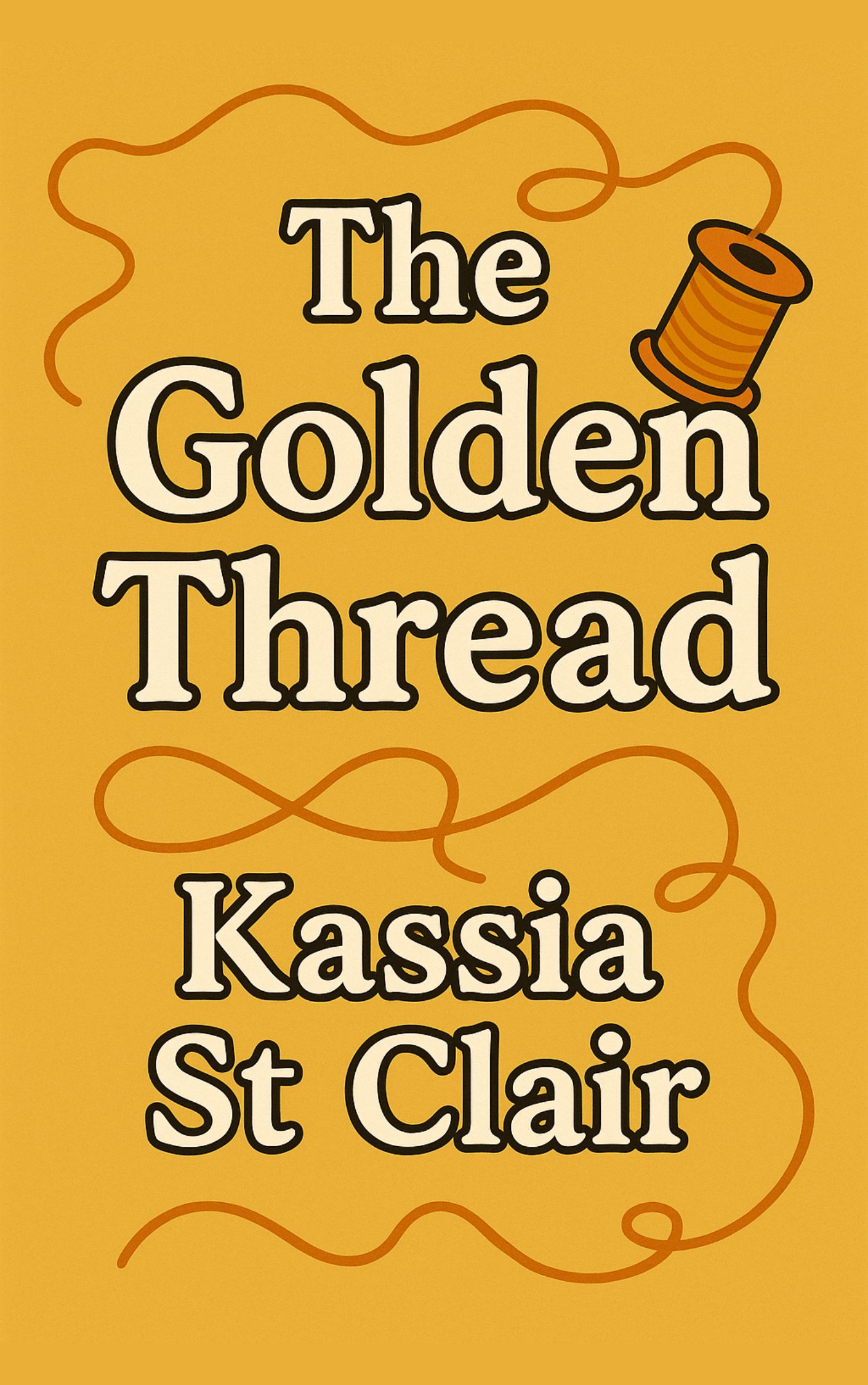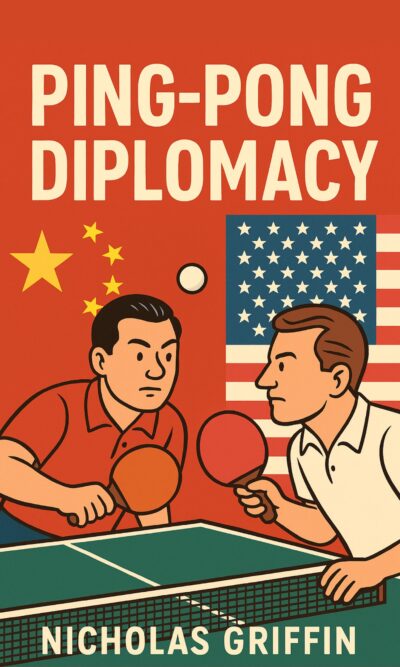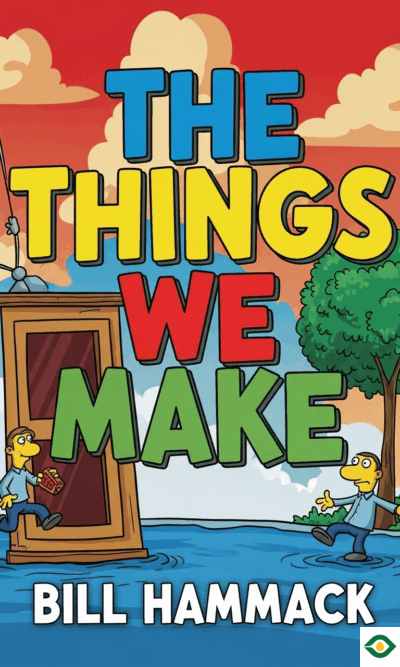Description
We rarely think about the clothes on our backs or the fabric on our beds. Yet fabric has been one of the silent forces shaping human civilization. Unlike stone or metal, cloth decays quickly, so archeology often overlooks its importance. But The Golden Thread reveals how textiles have influenced everything—our economies, beliefs, technologies, and even our survival in extreme conditions.
In ancient Egypt, fabric was more than material. Linen, the most common textile, wasn’t just clothing—it was wealth, religion, and identity. It acted like money, stored as a tradeable good, and even became a sacred element in burial rituals. The process of wrapping mummies wasn’t just about preservation but about transformation. The linen itself carried spiritual meaning, turning the body into something holy. Egyptians treasured textiles so much that people would collect special fabrics during their lifetime, saving them for burial. Fabric, here, was not just a cover but the thread binding life, death, and eternity.
In China, silk played a similar yet distinct role. Silk was beauty, wealth, and political power woven together. Entire industries revolved around it, and palaces even had dedicated workshops. Silk was also currency, buying not just goods but loyalty. When the Chinese exchanged silk with neighboring tribes, they weren’t only trading—they were weaving economic dependence and cultural influence. Its origin was so important that myths linked silk to divine figures, especially women, showing how deeply it was tied to femininity and creativity. Over time, silk became a medium for art as well, with masterpieces like poems embroidered into panels that could be read in multiple directions. For the Chinese, fabric wasn’t only functional; it was an art form and a weapon of diplomacy.
Travel north, and you’ll find that wool gave the Vikings their edge. Their ships are legendary, but the secret lay in their sails. Unlike earlier sails made of linen, Viking sails were woven from wool. At first, this seems strange: wool soaks water and lets air pass through. But Viking craftsmanship turned wool into a near-perfect tool. They spun, wove, and treated it with fats and oils to make sails strong, waterproof, and nearly airtight. Each sail took years of work and involved entire families, yet the result lasted decades and carried Vikings across oceans to new worlds. Without fabric, there would have been no Viking Age of exploration.
Centuries later, fabric determined survival in one of Earth’s harshest environments—the frozen deserts of Antarctica. When explorers like Robert Falcon Scott raced to the South Pole, their success or failure depended largely on clothing. Humans are fragile against cold, and the right textile layers can mean life or death. The Norwegian team wore furs and skins, learning from Inuit traditions, while the British relied on treated cotton. The difference was tragic: the Norwegians survived, the British did not. Once again, fabric wasn’t fashion—it was the line between endurance and extinction.
Fabric’s story isn’t always noble. The rise of synthetic textiles like rayon and nylon in the 19th and 20th centuries promised cheap, strong, and versatile materials. These fabrics quickly took over wardrobes worldwide. But behind them lay factories filled with toxic chemicals, hazardous conditions, and exploited workers. Some even endured burns and lifelong health damage from exposure. Later, the environmental cost became clear as plastics from polyester and nylon spread pollution into every corner of the world. Synthetic fabrics changed modern life, but at a high hidden price.
Yet fabric could also reach beyond Earth itself. When astronauts prepared to step on the moon in 1969, their survival depended on a spacesuit. Surprisingly, the suits weren’t built by a giant aerospace contractor but by a small company better known for making bras and girdles. Seamstresses at Playtex stitched together thousands of pieces of fabric with extraordinary precision. Their skill created suits flexible enough to walk in, but strong enough to withstand the void of space. Once again, textiles and craftsmanship were at the heart of human progress—this time enabling us to walk on another world.
Even in sports, fabric reshaped human limits. The introduction of high-tech swimsuits in the 2000s sparked a wave of broken world records. These suits compressed bodies, reduced drag, and even added buoyancy. But they also created controversy. Were these records truly human achievement, or just a victory of fabric engineering? Soon, the suits were banned, but the debate revealed something deeper: textiles don’t just protect or adorn us; they can change what our bodies are capable of.
Across history, fabric has been more than material. It has been currency, weapon, protection, art, and technology. Linen wrapped the dead in sacred rituals. Silk tied empires together. Wool carried warriors across oceans. Cotton, synthetics, and down feathers saved—or sometimes doomed—explorers. Bras turned into spacesuits carried humans into the stars. And in sports arenas, a few threads could separate triumph from scandal.
The story of fabric is the story of humanity. It shows how people have always used ingenuity to transform fragile fibers into tools of survival and symbols of meaning. Cloth may be soft and perishable, but its impact is woven into every stage of human progress. It touches the spiritual, the economic, the political, and the technological. Without fabric, much of what we call civilization would not exist.
So next time you put on a shirt, wrap yourself in a blanket, or lace up a pair of shoes, remember: you’re wearing the legacy of thousands of years of invention and imagination. Fabric is not just the background of our lives—it is one of the golden threads holding the story of humanity together.





